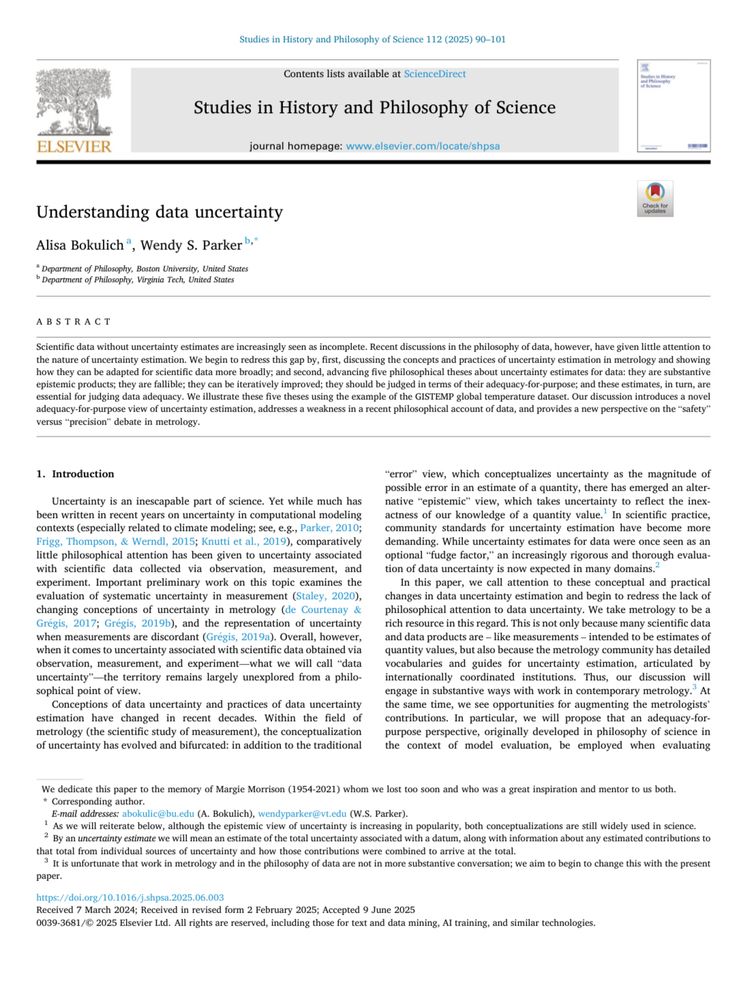
https://github.com/41ison

PSManalyst: A Dashboard for Visual Quality Control of FragPipe Results | Journal of Proteome Research pubs.acs.org/doi/10.1021/...
N-Glycoproteomic Portraits of Bothrops Snake Venoms Reveal Evolutionarily Conserved and Divergent Phenotypes | Journal of Proteome Research pubs.acs.org/doi/10.1021/...

N-Glycoproteomic Portraits of Bothrops Snake Venoms Reveal Evolutionarily Conserved and Divergent Phenotypes | Journal of Proteome Research pubs.acs.org/doi/10.1021/...
You might’ve found it challenging to tailor them to your specific use cases - not anymore!
Introducing MOFA-FLEX: a flexible, modular factor analysis framework designed for customizable modeling across diverse multi-omics data scenarios. 1/n

You might’ve found it challenging to tailor them to your specific use cases - not anymore!
Introducing MOFA-FLEX: a flexible, modular factor analysis framework designed for customizable modeling across diverse multi-omics data scenarios. 1/n
www.nature.com/articles/s41...

www.nature.com/articles/s41...
youtube.com/shorts/4M9uZ...
To register go to:
ubuntuproteomics.co.za/registration...
#proteomics #summerschool #SouthAfrica

youtube.com/shorts/4M9uZ...
To register go to:
ubuntuproteomics.co.za/registration...
#proteomics #summerschool #SouthAfrica
#MS

#MS
It automates the manual work of extracting method parameters, presenting them in a structured and comparable view.
(A thread 🧵)

It automates the manual work of extracting method parameters, presenting them in a structured and comparable view.
(A thread 🧵)
www.biorxiv.org/content/10.1...

PepMapViz: a versatile toolkit for peptide mapping, visualization, and comparative exploration url: academic.oup.com/bioinformati...

PepMapViz: a versatile toolkit for peptide mapping, visualization, and comparative exploration url: academic.oup.com/bioinformati...
onlinelibrary.wiley.com/doi/10.1002/...

onlinelibrary.wiley.com/doi/10.1002/...

PSManalyst: A Dashboard for Visual Quality Control of FragPipe Results | Journal of Proteome Research pubs.acs.org/doi/10.1021/...

PSManalyst: A Dashboard for Visual Quality Control of FragPipe Results | Journal of Proteome Research pubs.acs.org/doi/10.1021/...
www.nature.com/articles/d41...

www.nature.com/articles/d41...
Backyard Proteomics: A Case Study with the Black Widow Spider | Journal of Proteome Research pubs.acs.org/doi/10.1021/...
Backyard Proteomics: A Case Study with the Black Widow Spider | Journal of Proteome Research pubs.acs.org/doi/10.1021/...
github.com/41ison/pepAl...

github.com/41ison/pepAl...
www.matrixscience.com/blog/the-pro...
www.matrixscience.com/blog/the-pro...
50 tokens: pubs.acs.org/articlesonre...
JPR: pubs.acs.org/doi/10.1021/...

50 tokens: pubs.acs.org/articlesonre...
JPR: pubs.acs.org/doi/10.1021/...
authors.elsevier.com/c/1lMUI8yuR6...
#philsci #metasci 🧪 ⚒️

#proteomics
#bioinformatics
#genomics
#proteomics
#bioinformatics
#genomics
Signatures of the systemic effects of a snake venom and antivenom: multiomics profiling of the kidney pathology - Molecular & Cellular Proteomics www.mcponline.org/article/S153...

Signatures of the systemic effects of a snake venom and antivenom: multiomics profiling of the kidney pathology - Molecular & Cellular Proteomics www.mcponline.org/article/S153...
www.nature.com/articles/d41...

www.nature.com/articles/d41...
Proteomic Changes in Paracoccidioides brasiliensis Induced by Fludioxonil | Journal of Proteome Research pubs.acs.org/doi/10.1021/...

Proteomic Changes in Paracoccidioides brasiliensis Induced by Fludioxonil | Journal of Proteome Research pubs.acs.org/doi/10.1021/...
github.com/41ison/Prote...


github.com/41ison/Prote...

